HOW TO CHOOSE FLOOR FOR YOUR HOME
Picking new flooring can be daunting task. There are many materials to choose from and each type has a gamut of options to go along with it. Also, depending on the room and the flow of trafiic, there are a variety of considerations to think about. This guide explains the eight most popular types of flooring materials, where they're best used and their pros and cons.
Hardwood
For starters, let's take a look at a traditional favorite: hardwood. Thanks to hardwood's durability and warm, natural feel, it continues to be the flooring of choice for many homeowners. Of the hardwoods, oak remains the most popular choice, but other woods like cherry and imported exotic woods such as Brazilian cherry or Tasmanian oak are definitely worth considering. Hardwood floors come in a variety of styles such as plank, parquet and prefinished boards that you can install yourself.
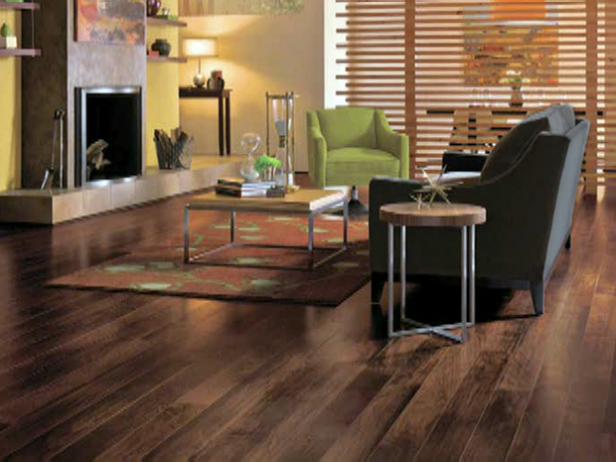
Laminate
Laminate flooring is one of the most popular flooring choices around. It's easier to install than solid-wood hardwood floors and is much less expensive. Laminate floors get their name because they're composed of different wood-based materials that are layered, or laminated, together then topped with a wood grain photographic imprint on the face of each board.
A variation on true laminate floors are engineered wood floors. Engineered wood consists of a real hardwood veneer attached to a number of plywood layers. This is a little more expensive than laminate because the top layer is real wood rather than a photographic imprint. This top layer of wood gives engineered wood floors a much more convincing sound, feel and look than laminate.
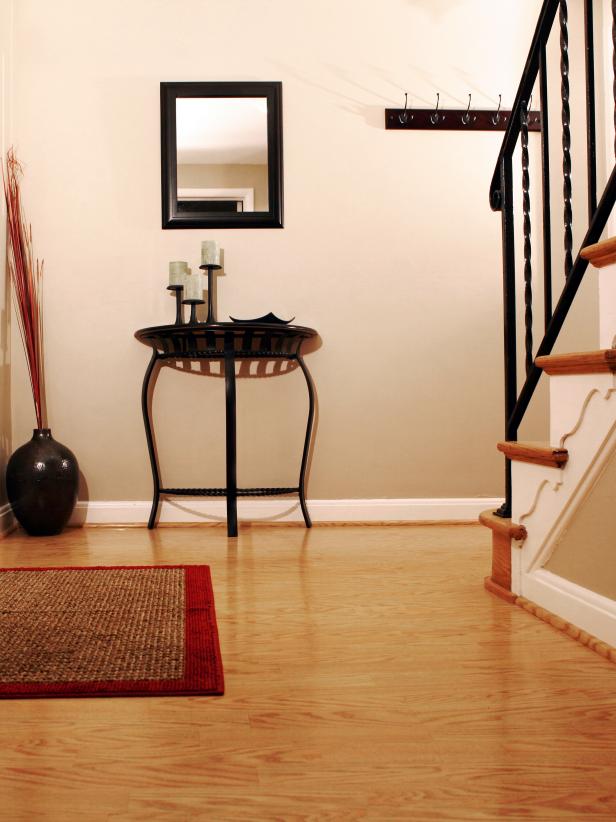
Bamboo
Unlike hardwood floors, the material used to create bamboo floors is not a tree, but actually a lightweight woody grass. This fast-growing, regenerating plant has the tensile strength of steel, which makes for a highly durable floor that resists swelling and contraction with changes in humidity. Bamboo flooring is pre-finished and engineered with tongue-and-groove joints, just like standard solid wood flooring. Bamboo is grown in controlled forests and takes just three to five years to reach maturity, as compared to old-growth hardwoods that can take 120 years to grow to full size.
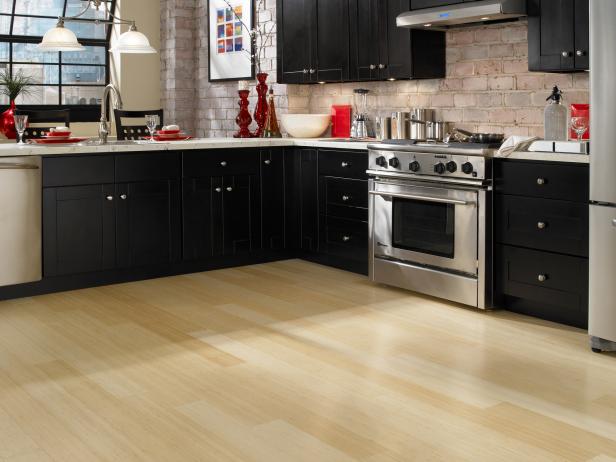
Cork
Like bamboo, cork is a green flooring alternative. Another bonus of cork is that the wood's honeycomblike cellular structure gives the flooring a cushiony feel underfoot. This distinctive structural characteristic also causes cork floors to absorb vibrations and sound, and they bounce back if dented. Cork flooring is available in pre-finished tiles in a range of finishes. The tiles have a natural, nonslip surface that makes cork ideal for wet areas like kitchens or bathrooms.
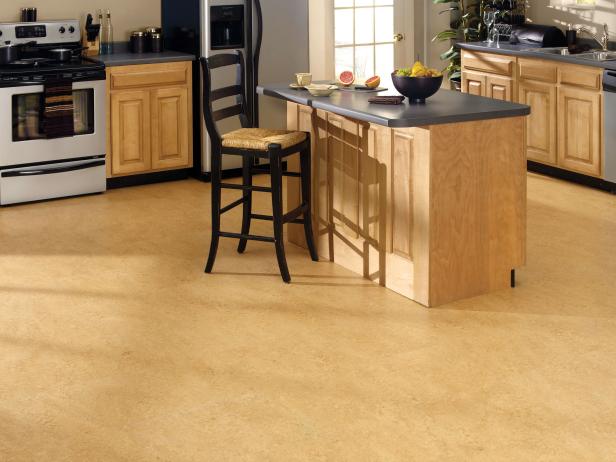
Linoleum
Linoleum's current popularity is primarily due to its appeal as a green flooring choice. Linoleum is considered eco-friendly because it's made from all natural materials and does not deplete forests. It's made primarily of linseed oil, rosins and wood flour. Because linoleum is composed of natural materials, it creates no adverse health issues during production, installation, use or disposal. The bactericidal properties of natural linoleum stop microorganisms from multiplying, so you often see natural linoleum floors in many hospitals.
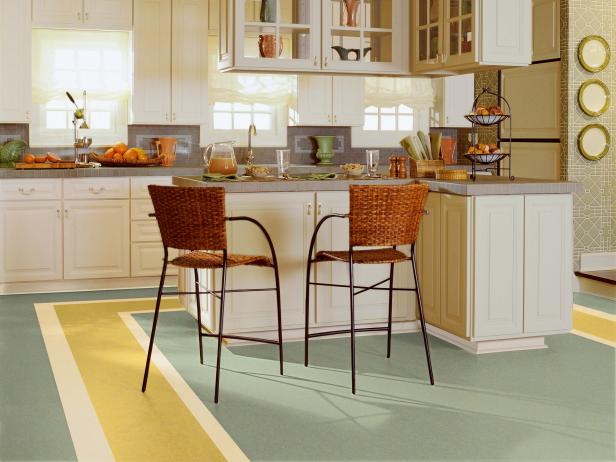
In addition to the health benefits, linoleum flooring is antistatic, reducing the potential for electric shock. Linoleum is also water-, ding- and scratch-resistant, easy to clean, comfortable underfoot and is available in tiles in a wide range of vibrant colors, which can be combined to create distinctive patterns.
Tile
Porcelain is a popular choice as is terra cotta and natural stone, such as marble, granite, travertine or slate. When selecting tile on a budget, porcelain is the most cost-effective. It combines the beauty and hardness of stone, but costs considerably less and is much easier to maintain than marble, which is porous and must periodically be resealed. Glazed porcelain tile is durable enough to handle heavy traffic areas and is available in a wide range of hues, textures and finishes. Unleash your creativity and combine tiles of various sizes, colors and textures to create a one-of-a-kind floor.

Vinyl
One of the most value-conscious flooring options today is vinyl. It's an especially popular choice for rooms that are prone to moisture problems, such as basements, bathrooms and kitchens. Vinyl is also easy to clean and softer underfoot than tile. Vinyl is available as sheets and self-stick tiles, and it is sold in a variety of widths and thicknesses. One rule to remember when selecting vinyl is the thicker it is, the more traffic it can bear.
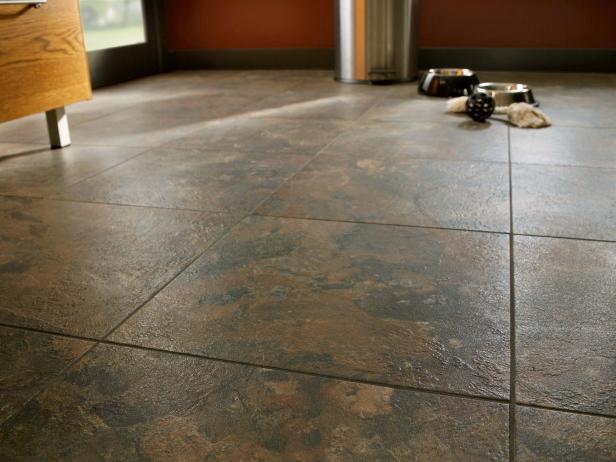
Concrete
Concrete is one of the hottest flooring options today. With the wide range of sealers and specialty stains currently on the market, plain and gray concrete can be stamped and stained to resemble polished marble, tumbled stone, brick pavers or really anything you wish. There's no limit to the design possibilities, that's the real beauty of concrete floors. You want long-lasting durability? Concrete holds up like no other flooring. You want low maintenance? Concrete is as low as it goes. It's also the perfect flooring for radiant heat. So, express yourself, concrete allows you to make your floors a work of art.

Other posts
- Rubber Flooring (02-06-2020)
- New Outdoor Looks (01-04-2020)
- 9 mighty woods for outdoor projects (02-06-2020)
- F&D Start To Finish: How To Install DuraLux Performance Luxury Vinyl (01-04-2020)








